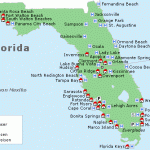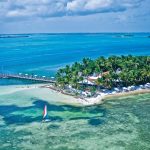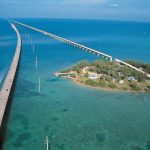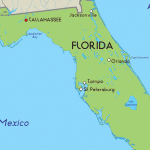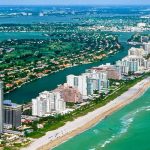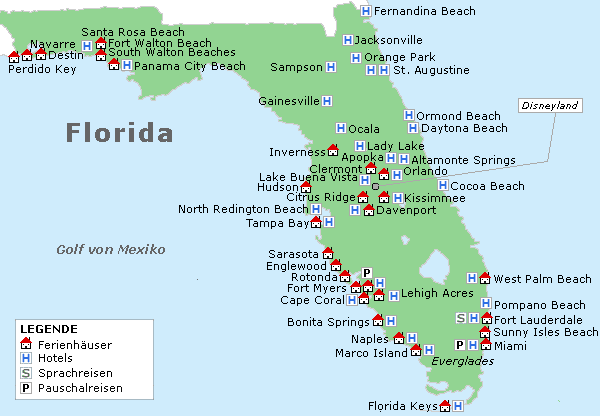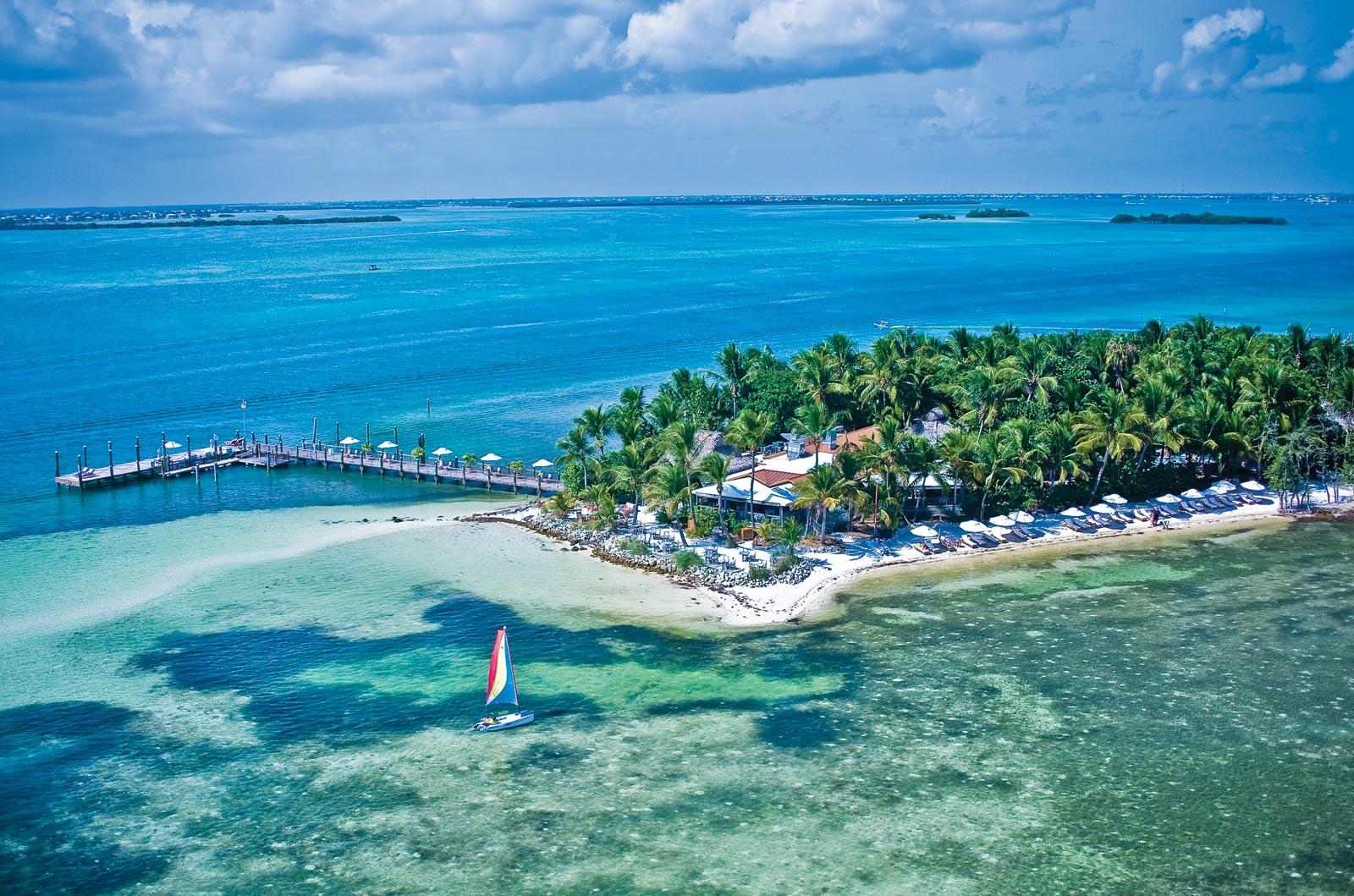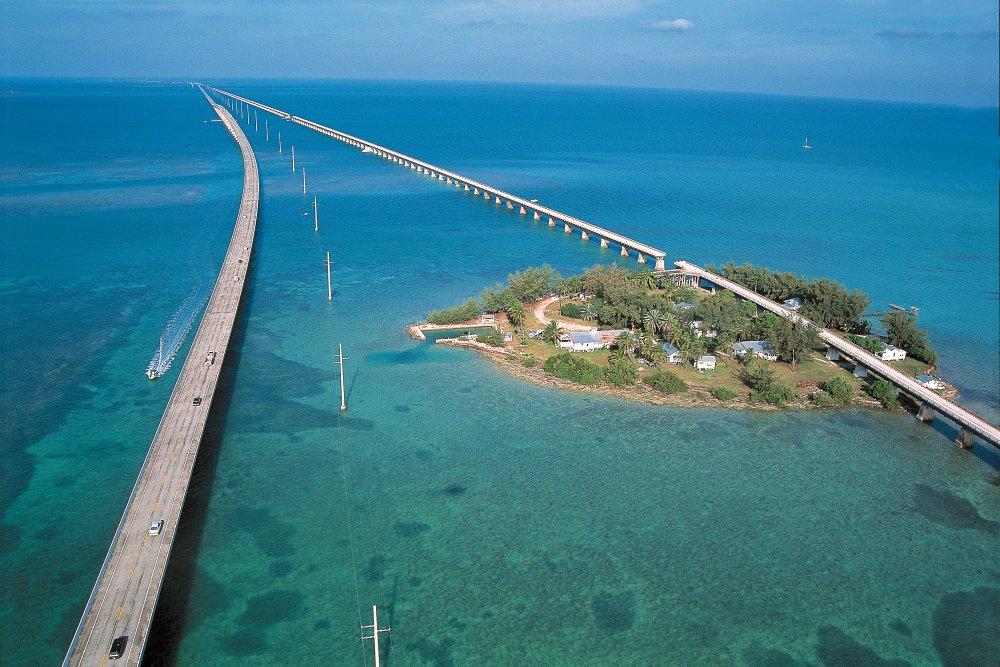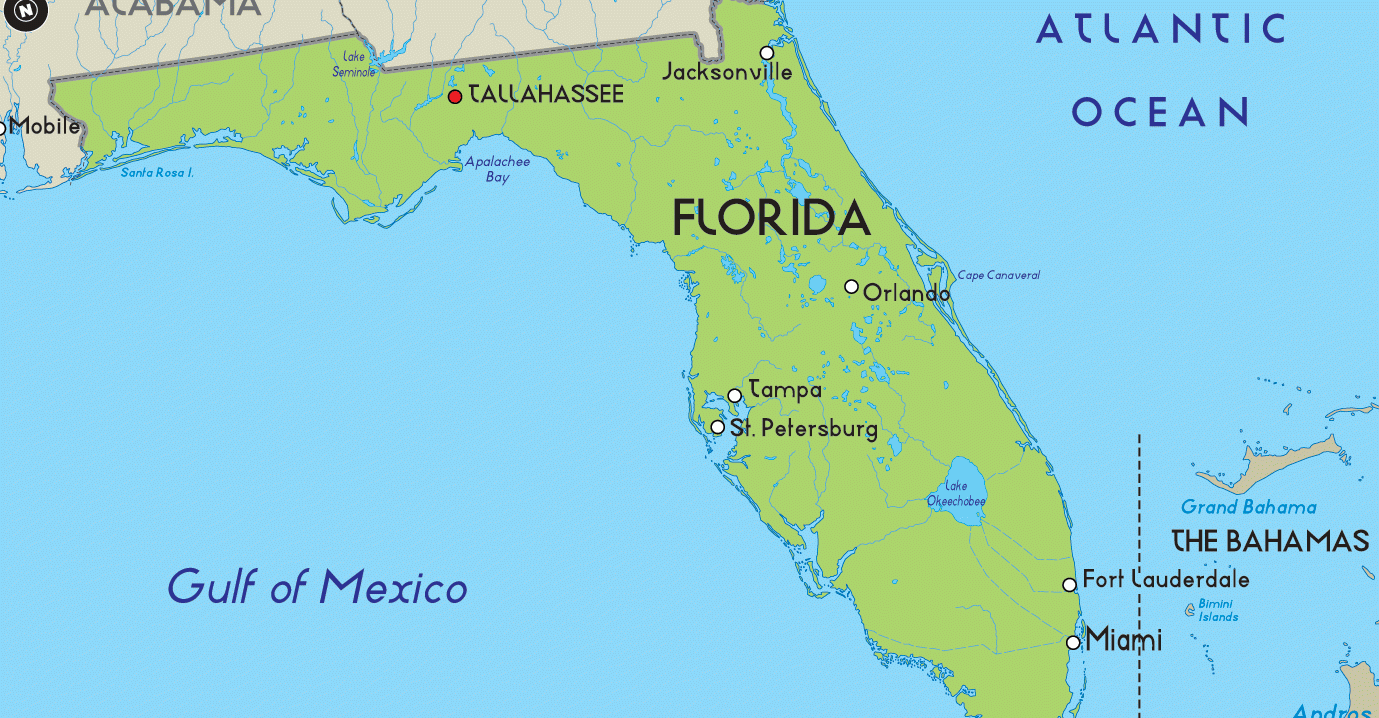ogy
Juan Ponce de Leon leads first Spanish exploration of Florida, but no permanent settlement is established.
Explorer Panfilo de Narvaez leads a large expedition to Florida, making landfall near Tampa Bay. The exploratory mission results in disaster: of 300 men, only four survive. One of them is Alvar Nunez Cabeza de Vaca, who wanders from Texas to the Pacific and writes a narrative of the expedition and the shipwrecked survivors’ travels.
Explorer Hernando de Soto leads a larger exploration to Florida, making landfall at Tampa Bay; over 4 years he leads his expedition through Florida and southeast North America.
Pedro Menendez de Aviles establishes the first permanent Spanish settlement in Florida as the province’s governor; St. Augustine is established.
Spanish Franciscan and Jesuit missions established throughout Florida. English corsair Sir Francis Drake raids St. Augustine.
Spain annexes Ais (above Cape Canaveral) and Guale (in present-day Georgia) as provinces; Guale Indian Rebellion lasts for 6 years, beginning in 1597.
Epidemic diseases kill most mission Indians.
Dutch naval officer and privateer Piet Heyn captures the entire Spanish silver fleet off the coast of Cuba, along with all financing for Florida. English corsairs led by Robert Searles sack St. Augustine.
1670 Treaty of Madrid recognizes a boundary line between Spanish Florida and English Carolina.
1672-1695 Castillo de San Marcos, a massive stone fort, is built in St. Augustine.
1686 Spanish explorers Juan Enriquez Barroto and Antonio Romero explore
Pensacola Bay.
1700-1713 The War of Spanish Succession, called Queen Anne’s War in North
America, pits Spain against England; the Spanish population of Florida is reduced to its lowest point, less than 1,000.
1763 During the French and Indian War, the English take Havana; Spain
trades Florida to the English in exchange for Havana, and Florida becomes an English possession.
1783 Florida is returned to Spanish possession in imperial horse trading.
1821 After repeated invasions by President Andrew Jackson, Florida is ceded to the United States.
1868 Cuban and Spanish cigar workers and manufacturers leave Cuba and settle in Key West.
1885-1924 Thousands of Cubans come to Tampa and establish Ybor City as
Florida’s first migrant Latino community.
1959 Fidel Castro overthrows Fulgencio Batista in Cuba, spawning decades of migration from Cuba.
1961 Belen Jesuit Preparatory School, founded in Havana in 1854, opens in Miami after being expelled from Cuba by its alumnus Fidel Castro.
1966 Cuban Adjustment Act provides automatic permanent resident alien status to Cubans arriving in the United States.
1980s- 1990s Thousands of Colombians fleeing political violence in Colombia migrate to Florida.
1980s Thousands of Nicaraguans flee civil war and the Sandinista regime for
Florida.
Billions of dollars worth of Colombian cocaine passes through southern Florida.
1980 In the Mariel boatlift, some 125,000 people leave Cuba in boats and arrive in Miami.
Race riot in Liberty City (Miami-Dade County) erupts and 18 people are killed.
1989 Panamanian general Manuel Noriega is tried, convicted, and imprisoned for drug trafficking and money laundering in a Miami federal court.
Ileana Ros-Lehtinen becomes first Latina and first Cuban American elected to the U.S. Congress.
2000s Upper- and middle-class Venezuelans arrive in Florida after leaving
Venezuela, following presidential victories by self-proclaimed socialist Hugo Chavez.
Florida Photo Gallery
Maybe You Like Them Too
- Top 10 Islands You Can Buy
- Top 10 Underrated Asian Cities 2023
- Top 10 Reasons Upsizing Will Be a Huge Travel Trend
- Top 10 Scuba Diving Destinations
- The Best Cities To Visit in The World

